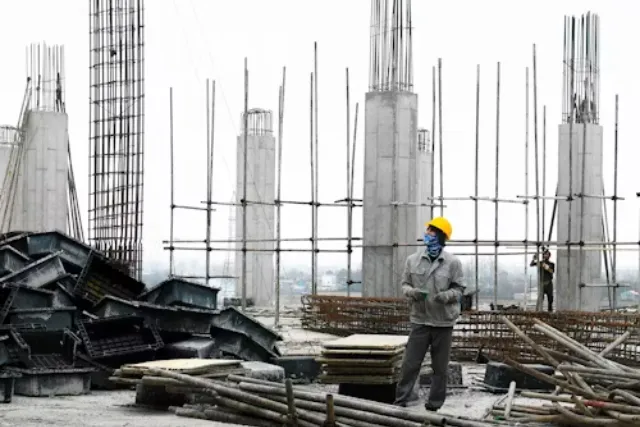
Artificial intelligence could become a powerful shield against the growing toll of natural disasters on infrastructure, potentially cutting losses by 15% and saving $70 billion worldwide by 2050, according to a new report from the Deloitte Center for Sustainable Progress.
The research points to tools such as predictive maintenance and AI-powered digital twins as game-changers for protecting power grids, water systems, and transportation networks during extreme weather events.

“Investing in AI can help deliver less frequent or shorter power outages, faster system recovery after storms, or fewer damaged or non-usable roads and bridges,” said Jennifer Steinmann, Deloitte Global Sustainability Business Leader, in an email.
Over the last 15 years, natural disasters have caused nearly $200 billion in annual infrastructure losses globally, Deloitte’s report notes. Without intervention, that number could climb to about $460 billion annually by 2050 due to climate change intensifying storms, floods, and other hazards.
“Investing in AI has the greatest near-term potential to help reduce damages from storms, which include tropical cyclones, tornados, thunderstorms, hailstorms, and blizzards,” Steinmann explained. “These natural disasters drive the largest share of infrastructure losses, due to their high frequency, wide geographic reach, and increasing intensity.”
The AI for Infrastructure Resilience report used real-world case studies, probabilistic risk models, and economic forecasts to show how technology can strengthen resilience — from planning and design to rapid post-disaster recovery.
According to Steinmann, two-thirds of AI’s potential to prevent disaster losses comes from integrating it into the early stages of infrastructure planning. That includes tools like:
“At the same time, leaders should invest in building the necessary digital and data infrastructure, fostering cross-sector collaboration, and helping ensure access to high-quality data,” she said. “This maximizes the effectiveness of AI tools in the three phases of the infrastructure lifecycle — planning, response, and recovery.”

The Deloitte report cautions that widespread AI-enabled resilience faces hurdles including:
To bridge the gap, cities can collaborate with private sector partners, research institutions, and development banks. Early steps could include pilot projects targeting specific hazards — for example, AI-based storm early warning systems — to prove cost-effectiveness and secure broader investment.
“Starting with pilot projects, focusing on one hazard type — like storms — and working directly with private companies or research centers, can help demonstrate value and build momentum for broader adoption,” Steinmann said.
Steinmann noted that development banks, insurers, and financial institutions are increasingly supporting AI-driven risk reduction through flexible financing and innovation funds. These partnerships can help overcome resource limitations while accelerating technology adoption.
“AI technologies can offer preventative, detective and responsive solutions to help address natural disasters — but some interventions are more impactful than others,” she emphasized.
As climate change accelerates, the stakes for infrastructure resilience are higher than ever. The Deloitte report underscores that AI is not just a futuristic concept, but a present-day necessity for cities and nations seeking to safeguard critical systems. By acting now, governments and businesses could save billions — and keep essential services running when communities need them most.
Originally reported by Robyn Griggs Lawrence in Construction Dive.